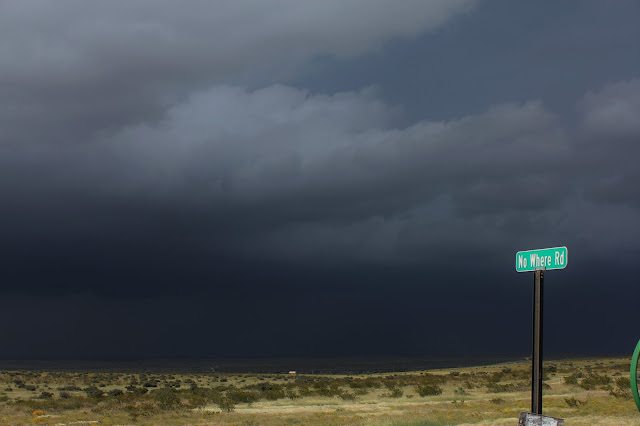Remnant Moisture From Hurricane Lorena To Produce Heavy Rain - Localized Flash Flooding.
U.S. Visible Satellite Image.
Low-Level Water Vapor Satellite Image.
At 6:06 AM MDT Saturday, Sept 21st, 2019.
Mid-Level Water Vapor Satellite Image.
At 5:56 AM MDT Saturday, Sept 21st, 2019.
First of all I can't get over how stunningly beautiful America is this morning at sunrise as viewed by the visible satellite image above. What a incredible view!
Second of all in all three images above its very easy to see the low-level and mid-level moisture streaming northeastward into the area from Hurricane Lorena. She was located 55 miles northwest of La Paz, Mexico at 6 AM MDT. Her sustained winds are 75 mph with higher gusts and her central pressure is 986 millibars or 29.12 inches of mercury. She is moving northwest at 9 mph.
At Midnight Saturday.
GFS 500 MB/18,000' Heights Analysis.
At Midnight Saturday.
GFS 500 MB/18,000' Wind Analysis.
At Midnight Saturday.
GFS 500 MB/18,000' Heights Forecast.
Valid At 6 PM MDT Monday, Sept 23rd, 2019.
Early this morning a western short wave trough of low pressure was centered over the Great Basin and is beginning to lift off to the northeast. Mid-level and upper-level southwesterly winds at the base of this trough of low pressure (18,000' up in the atmosphere) combined with the subtropical jet stream (depicted above at 39,000') is pulling moisture from Lorena northward into the region.
This will continue into Sunday before the trough to our north gets far enough away to relax its tug on Lorena's moisture. By this coming Monday a closed low is forecast to drop into northwestern Arizona. By the end of next week a deeper, colder, and stronger mid and upper-level trough of low pressure is forecast to dig into California. Our transition to a fall pattern in the mid and upper levels of the atmosphere is underway as these troughs of low pressure dig southward out of the Gulf of Alaska and into the Desert Southwest.
A strong mid and upper level ridge of high pressure dominated our summer weather...this is normal and happens every year. Now as we head into fall the ridge begins to weaken as these troughs of low pressure and the subtropical and polar jet streams begin to work their way further southward with time.
Notice the dark brown streak on the 250 millibar or 39,000' jet stream map above angled southeastward from the Alaskan Aleutian Islands southward. That's the polar jet stream with a core wind speed of 159 knots or 183 mph.
How Much Rain Has Fallen So Far?
(Over The Past 3-Days - As Of 6 AM MDT This Morning).
NAM-WRF Forecast.
Valid Today Through Noon MDT Sunday.
NCEP WRF Forecast.
Valid Today Through 9 PM MDT Saturday Night.
SREF Forecast.
Valid Today Through 6 PM Tuesday.
Looking at the latest runs of the short range forecast models they all have the same common theme. And that is locally heavy rains will fall over the area today into the first of next week. This is a result of the western trough of low pressure pulling remnant moisture from Hurricane Lorena northward into the area. Storm total rainfall amounts by Monday could easily fall into the 3" to 5" range for a few spots. Trying to nail down just exactly where is more than difficult but the south-central mountains (the Capitan, Sacramento, and Guadalupe mountains) east and southeastward appear to be the favored areas.
As with any setup such as this involving remnant moisture streaming into the area from a Hurricane the concerns for flash flooding are elevated. Scattered thunderstorms will be capable of producing very heavy rainfall in short periods of time. And any repeat thunderstorm over the same location (training thunderstorms) will have the potential to aggravate the flash flood threat.
Localized flash flooding is a concern for Southeastern New Mexico and nearby areas today into Monday. A Flash Flood Watch may be issued by our local National Weather Service Offices later today for parts of the area. Check the main page of my weather web page for the latest watches, warnings, and special weather statements concerning this threat via this link...http://www.senewmexicowx.org/
Thick mid and upper-level clouds are overspreading the area this morning and this may limit the potential for severe thunderstorms. However the NWS Storm Prediction Center in Norman, Oklahoma has parts of the local area in the Marginal Risk Outlook today into this evening. Again Flash Flooding may become more of a threat than severe thunderstorms.
The Truth Is Stranger Than Fiction - And Sometimes It Hurts!































Comments
Post a Comment
Your comments, questions, and feedback on this post/web page are welcome.